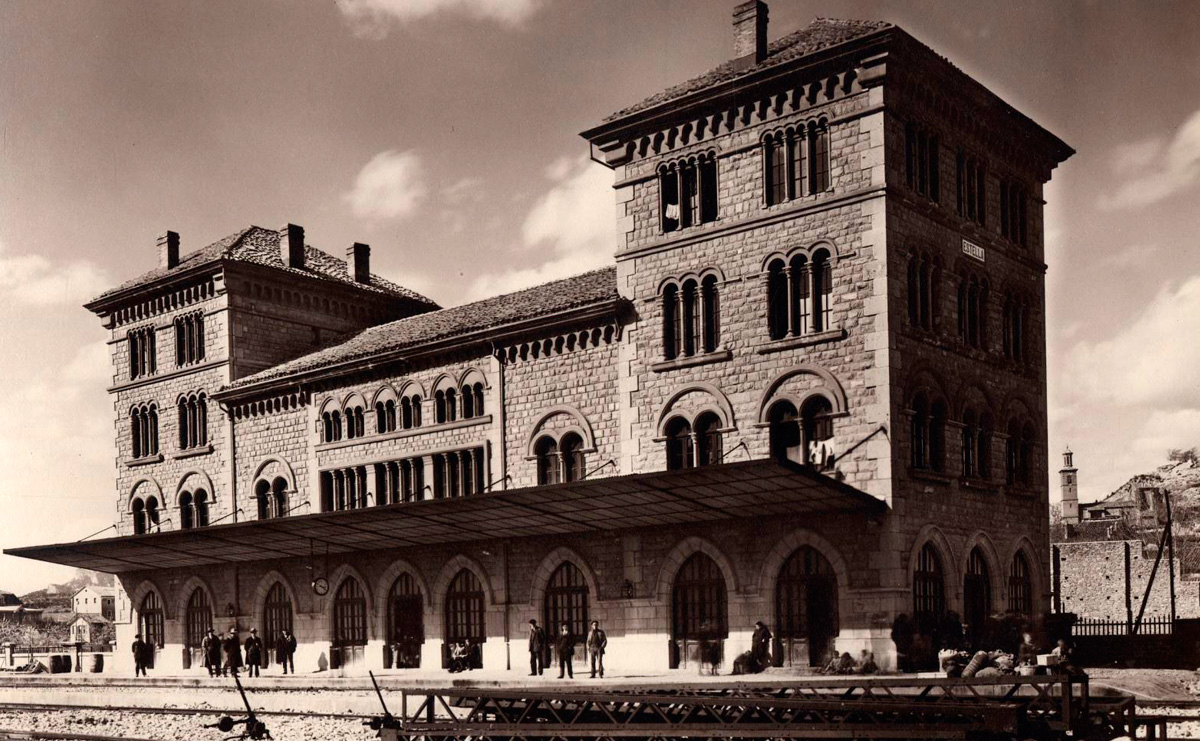Vasco–Navarro Railway Greenway Nature Trail
History of the Railway

(KOCH, ALBERTO SCHOMMER)
The Vasco-Navarro Railway linked Navarre with Gipuzkoa via a long route through Álava. It ran from Estella-Lizarra Station in Navarre and to Mekolalde Station in Gipuzkoa, passing through Vitoria-Gasteiz. In Mekolalde it linked with the tracks of the Maltzaga-Zumárraga railway, which formed part of the Basque Railways, thus connecting with the entire metric network of Northern Spain.
Finally opened in 1927, its construction was extremely laborious since the first concession dated from 1882 and construction began in 1887: 40 years of work. Shortly after it opened, in 1929, the railway company decided to electrify the line, which meant that steam engines did not last long on these tracks.
It was originally an ambitious project that had to be progressively reduced due to the economic difficulties derived from the harsh terrain in some sections, especially in the mountainous dividing line between Gipuzkoa and Álava. Private enterprise, with English capital (the company’s first name was "The Anglo Vasco Navarro Company Limited," based in London), abandoned the project, which meant that the State had to complete the railway, starting in 1897, and operate it. In addition to the main itinerary, it had two branches: one that, from San Prudencio, provided access to the historic town of Oñati and another to the Sanctuary of Estíbaliz from Andollu, thus completing a total of 140 km of tracks. The sanctuary branch was the last to be opened, not so long ago: 1948.
Despite its relative youth and its advantageous route, its accounts were negative from the 1950s onwards. New Year's Eve 1967, only 40 years after its opening, was also the last night of this modest railway that, shortly after closing, was dismantled, with its still viable rolling stock being distributed throughout the country.




